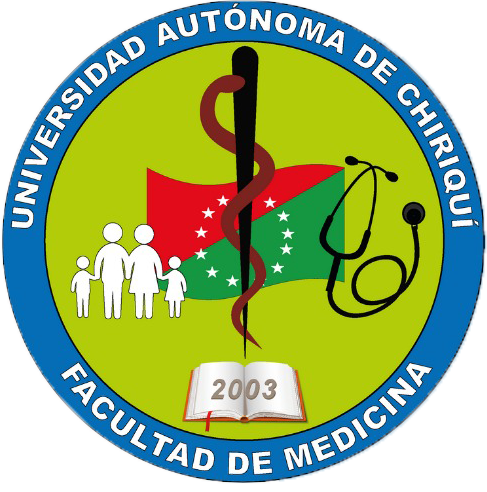Estrategias para tratamiento en pacientes con lesiones cerebrales traumáticas.
DOI:
https://doi.org/10.59722/rmcu.v1i2.768Palabras clave:
Lesiones traumáticas del encéfalo, Diagnóstico por imagen, ComplicacionesResumen
El Trauma Craneoencefálico (TCE) se define como interrupciones en las funciones cerebrales causadas por una fuerza física externa, siendo una de las principales causas de discapacidad y mortalidad a nivel mundial. El objetivo de esta revisión es proporcionar una actualización sobre los mecanismos fisiopatológicos subyacentes y las escalas utilizadas para evaluar y guiar las decisiones terapéuticas en casos de TCE. Históricamente, la escala de coma de Glasgow ha sido empleada para evaluar el estado de alerta y compromiso neurológico, aunque existen otros sistemas de clasificación que utilizan características tomográficas y clínicas para evaluar el daño cerebral y apoyar en la toma de decisiones terapéuticas. A pesar de los avances en prevención y tratamiento, el TCE sigue siendo un grave problema de salud pública. El empleo de dispositivos de monitoreo permite detectar rápidamente alteraciones fisiológicas en pacientes y brindarles el tratamiento oportuno. La terapia combinada es esencial en el tratamiento del TCE, teniendo como objetivo la reducción de la PIC, en algunos casos individualizados, puede requerir una descompresión craneal, ayudando a disminuir la mortalidad y mejorar el estado neurológico de los pacientes.
Descargas
Publicado
Cómo citar
Número
Sección
Licencia
Derechos de autor 2024 Revista Médico Científica UNACHI

Esta obra está bajo una licencia internacional Creative Commons Atribución-NoComercial 4.0.
Esta obra está bajo una Licencia Creative Commons Atribución-NoComercial 4.0 Internacional.












